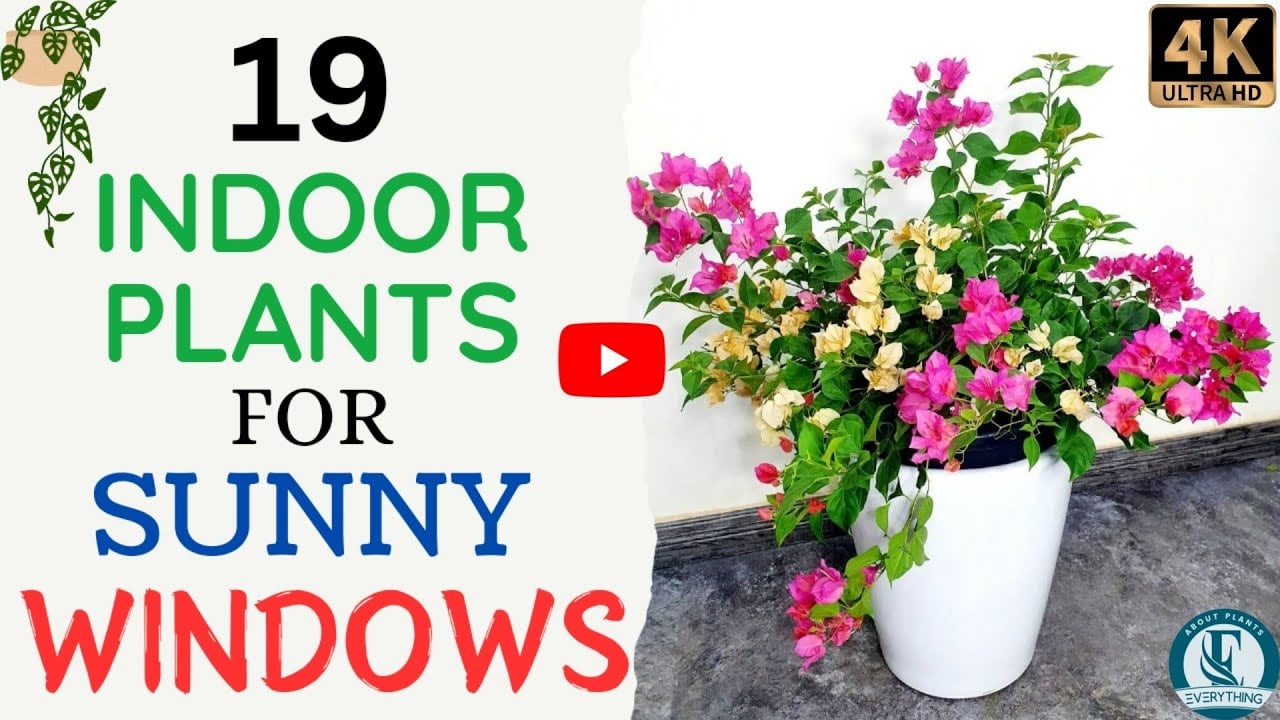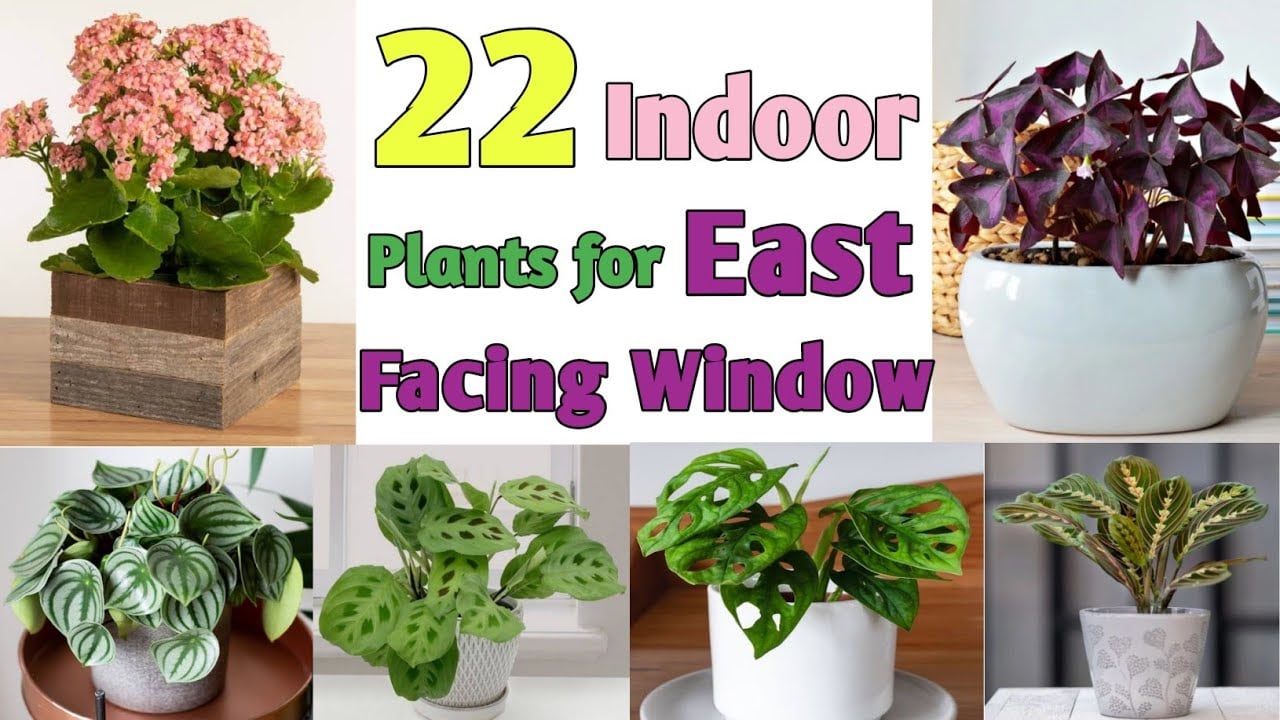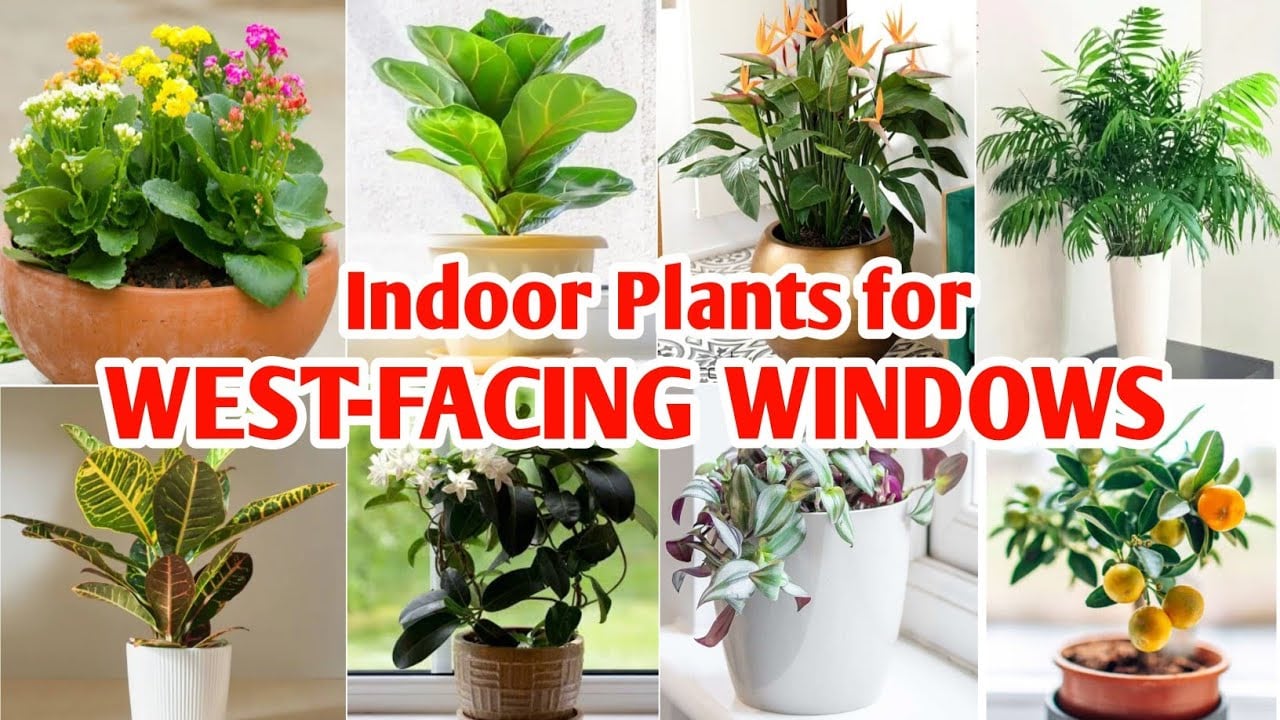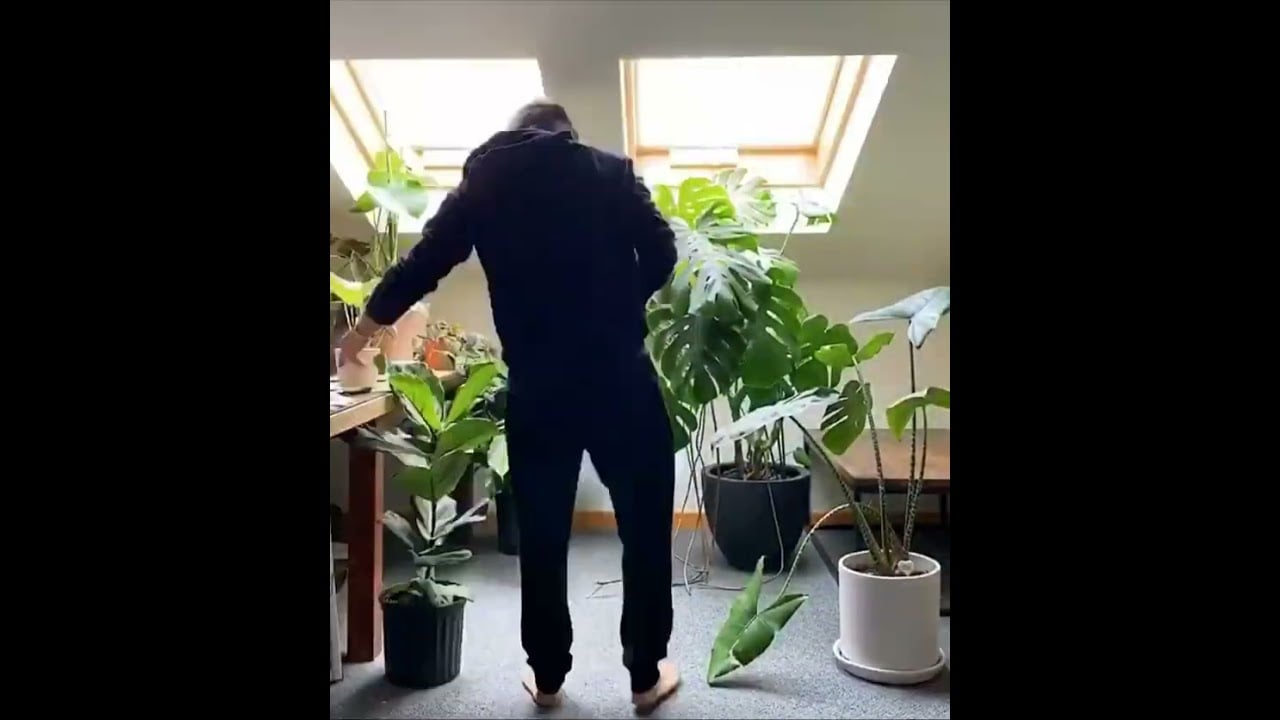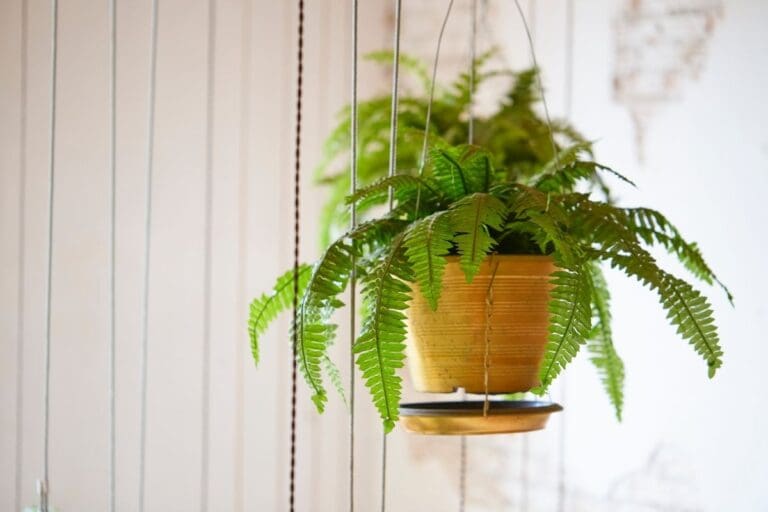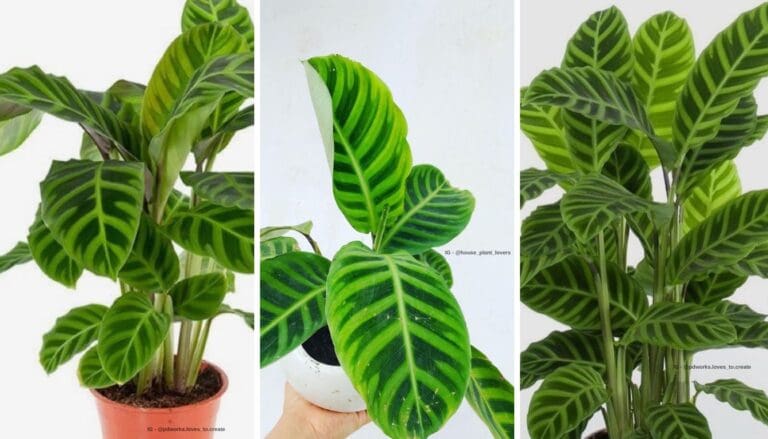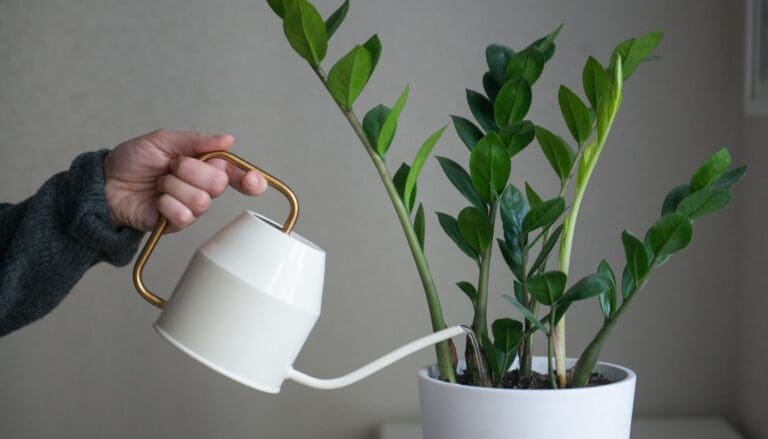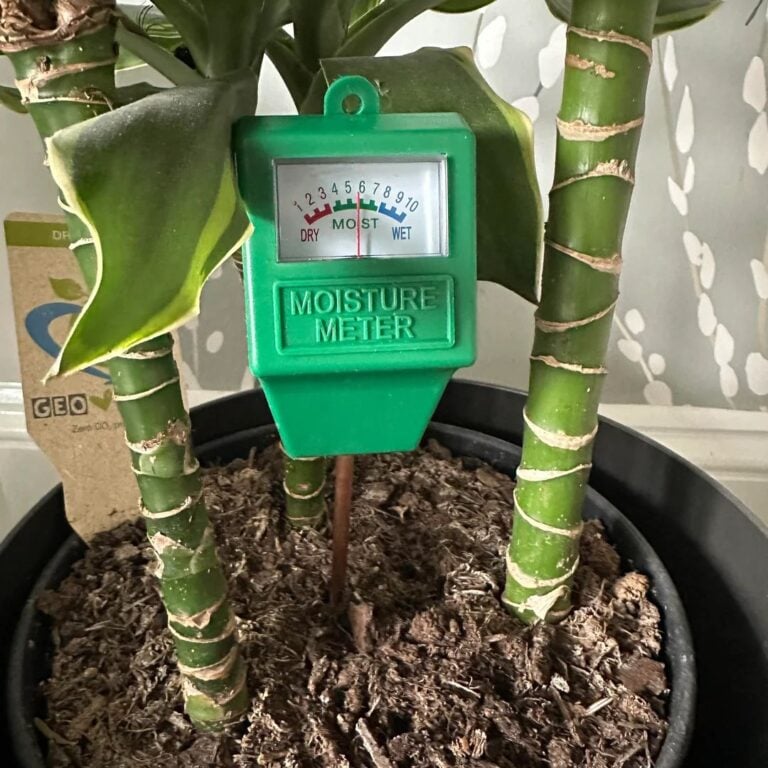6 Window Spots That Give Your Plants Perfect Summer Light
I love finding the best spots in my home to help my plants grow strong and healthy.
Summer’s honestly the perfect time to give them that extra sunlight they crave.
Placing my plants in the right window spots helps them get perfect summer light and thrive.
With just a little effort, I get to watch my green friends grow all season long.

Please note: Simplify Plants is reader-supported. As an Amazon Associate, I earn from qualifying purchases made by our readers with no extra cost added to you all! Some links in the post are affiliate links and I get a commission from purchases made through links in the post.
1) South-facing bay windows
There’s something about south-facing bay windows that just works for plants. These spots get the most sunlight during the day, and my plants soak up hours of direct light.
That really helps them grow strong and healthy. Bay windows provide lots of space for different sized plants, which is a bonus.
I can fit small pots and even some bigger ones together on the ledge. The bay window shape lets light reach all sides of my plants, which feels like a little luxury.
During summer, these windows give my plants the perfect amount of sunlight. I notice my succulents and cacti really thrive here—they look greener, honestly.
I do check the leaves during hot afternoons, though. Sometimes, too much sun can burn sensitive leaves, so I’ll move the plants a little back if they look stressed.
Arranging plants in bay windows is actually kind of fun. I’ll hang smaller pots or stack them at different heights, making the window look like a mini indoor garden.
South-facing bay windows really brighten up my space. It’s nice to sit nearby and see my favorite plants getting just what they need.
The natural light makes the room feel fresh and lively. I water my plants a bit more in these spots since they dry out faster, but the extra care is worth it.
2) East-facing kitchen windowsill
My east-facing kitchen windowsill is a favorite spot for plants. This spot gets gentle morning sunlight, which is perfect for many houseplants.
By mid-afternoon, the sun moves away, so my plants don’t get scorched. Morning sun is softer and less harsh than afternoon sun, and my herbs and small succulents seem to love it.
I notice they grow steady and don’t wilt from too much heat. Plus, it’s just easier to remember to water my plants in the kitchen—the sink is right there, and if I spill, cleanup is a breeze.
Herbs like basil, mint, and parsley do especially well in this spot. I can snip fresh leaves for meals whenever I need, which is honestly pretty handy.
Low-light plants like pothos and spider plant also stay healthy, thanks to the bright but gentle light. If I want more humidity, I’ll mist the leaves in the morning, especially during dry summer days.
Keeping the windowsill clear makes sure each plant gets enough light. I try not to crowd the space, and putting a small tray under the pots helps catch any water.
Some days, I rotate the plant pots so all the leaves get their turn in the sun. This keeps the plants growing evenly and looking their best.
3) Sunroom floor-to-ceiling windows
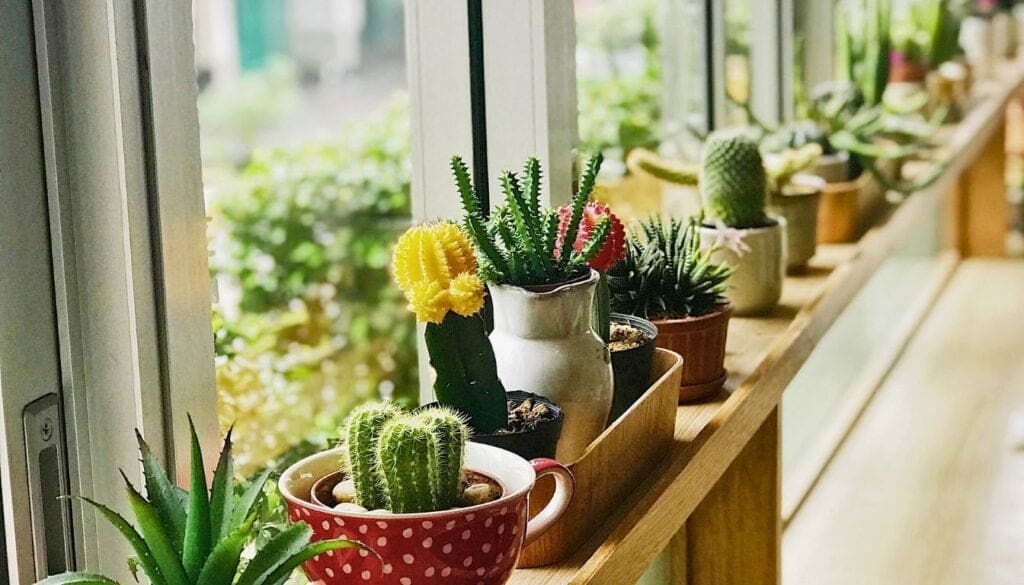
When I think about a spot with amazing light for my plants, my sunroom with floor-to-ceiling windows always comes to mind. These big windows let in lots of sunlight all day long.
I love how the room fills with natural light, making it a bright home for my favorite plants. Plants in my sunroom get light from many angles.
This helps them grow strong and even. I notice the leaves look healthier and colors are brighter here compared to other parts of my house.
During summer, the extra daylight hours make a real difference. My succulents and flowering plants seem to thrive in this setup.
They get the warmth and energy they need to produce new leaves and blooms. Of course, I watch out for signs of too much sun, like scorched leaves.
I’ll use light curtains or move sensitive pots away from direct beams when needed. This way, I keep my plants happy without letting them get burned.
If you want to see your plants really shine, I highly recommend placing them by floor-to-ceiling windows. The view of green leaves and pretty flowers makes the room feel alive and fresh.
4) Large west-facing living room window
I love how a large west-facing living room window fills my space with warm sunlight in the afternoon and evening. These windows let in more sun as the day goes on, so my plants get plenty of light when they need it most.
Sun-loving plants like succulents and cacti do great here. I usually place my aloe, jade, and snake plants in this spot.
The extra light helps them grow stronger and keeps their colors bright. If I notice my plants getting too much sun, I just move them a few feet back or use a thin curtain.
This stops the leaves from burning but still gives them the light they need. A west-facing window is also nice because it doesn’t get harsh early sun.
The light is less intense in the morning and strongest in the afternoon, perfect for many houseplants. I enjoy watching my plants soak up the golden hour rays each day.
This window has become my go-to for plants that need a sunny boost in the summer. My living room feels more alive with healthy plants soaking up natural light.
I always check the soil and leaves to make sure they’re getting just the right amount. If I ever have a plant that needs more light, this is the first spot I try.
5) Skylight above indoor garden
I love how a skylight brings so much natural light right into my indoor garden.
With a skylight above, my plants get more sunlight during the day compared to a regular window. It’s like having a piece of the sky inside my home.
This type of light is great for plants that enjoy bright, indirect sunlight. Even some sun-loving plants do well under a skylight because the light spreads out across the room.
I notice my plants grow stronger and look healthier when they have this type of steady light source. It’s also fun to watch the changing patterns of light as the sun moves across the sky.
Maintenance is easy for me because I can water and check on all my plants in one spot. Keeping the glass clean is important so the plants always get the best light.
During summer, the extra warmth from the skylight helps my plants grow fast. I sometimes open a nearby window to keep fresh air moving for my plants.
A skylight makes my indoor garden feel open and bright. I recommend this setup if you have the space and want a spot where your plants can thrive.
6) Narrow north-facing window with reflective surfaces

I love using my narrow north-facing window for plants that don’t need direct sun. North-facing windows give gentle, steady light all day without the harsh rays that can burn leaves.
Because my window is a bit small, I use reflective surfaces to boost the light.
I put a mirror or foil-covered board next to the window, which helps bounce extra light onto my plant leaves.
Plants like ferns, pothos, and spider plants do well here. They don’t mind the softer light, and I notice my plants grow evenly and stay green because they aren’t getting scorched.
I also make sure to rotate my pots every week. This keeps the growth balanced and prevents my plants from leaning toward the window.
The reflective surfaces help reach the backsides of the leaves. Keeping the window clean makes a difference too.
Dust and dirt can block sunlight, so I wipe the glass often. This way, my plants get the most light possible.
If I want even more light, I sometimes add a small grow light above the group. Still, with the reflective trick, my plants are happy and healthy even in this less sunny spot.
How Sunlight Moves Through Your Home
I find that sunlight changes a lot inside my home during summer. Where and how much sun comes in depends on the time of day and where each window faces.
Understanding Sun Path During Summer
In summer, the sun rises earlier and sets later than in other seasons. The sunlight moves across the sky in a wider arc, staying higher throughout the day.
In the morning, sunlight streams in through east-facing windows. By midday, the sun shines from above and hits south-facing windows the most.
In the evening, west-facing windows get the strongest light. The height and angle of the sun also mean that light doesn’t go as far into deep rooms.
Rooms closer to windows stay brightest. I notice that shadows are shorter because the sun is almost overhead.
Window Orientation and Plant Light Needs

Every window in my place gets a different amount and type of sunlight. East windows catch that gentle morning sun—nice for plants that want some light but not the harsh midday stuff.
South windows? They’re all about bright, direct sun all day, so I stick my succulents and cacti there. They seem to love it, honestly.
West windows bring in strong afternoon sun, which can get pretty intense and heat up the room fast. I use those spots for plants that don’t mind a little extra heat or dryness.
North windows? They’ve got the softest, least direct light. That’s where I keep my shade-loving plants.
Maximizing Your Plant’s Summer Growth
I want my plants to thrive in summer, but too much sun or heat can really mess them up. Here’s what I do to keep leaves healthy and avoid stressed-out plants indoors.
Sun Protection for Delicate Leaves
Some houseplants, like ferns and calatheas, have thin, sensitive leaves that burn super easily in direct sun. I usually hang up sheer curtains or tilt the blinds to soften those harsh rays.
This stops the leaves from going brown or crispy at the edges. If I’m being careful, I’ll even move sensitive plants a few feet back from south-facing windows, especially when the sun’s at its strongest.
East or north windows are usually safer on really bright days. I try to rotate my plants about once a week so every side gets some light, and nothing gets fried.
If I spot curling leaves or weird white spots, I know it’s time for more shade. Here’s a quick guide:
| Problem | Solution |
|---|---|
| Brown tips | Add sheer curtains |
| Faded leaves | Move farther from windows |
| Curling leaves | Water and increase humidity |
Tips for Avoiding Heat Stress Indoors
Even inside, summer heat can sneak up on my plants. I try to keep the room below 85°F (29°C)—sometimes that means opening a window or running a fan for a bit.
Watering matters, but I’m careful not to overwater. When it’s hot, I check the soil every day and only water if the top inch is dry.
Pots with drainage holes are a must, otherwise roots get soggy and unhappy. I like grouping plants together to keep humidity up—tropical plants seem to appreciate it.
Sometimes I’ll mist leaves in the morning, but never when the sun’s blasting in. I avoid putting plants near air conditioners, vents, or right against hot windows, since sudden temperature swings can really shock them.
Frequently Asked Questions
I get asked a lot about the best window spots for houseplants, especially in summer. Light direction and plant type really do matter, and matching the right plant to the right spot is half the battle.
What types of plants thrive best in a west-facing window?
I keep jade plants, rubber trees, and snake plants in my west-facing window. They seem to love that bright afternoon sunlight. If the sun feels too hot, I’ll throw up a sheer curtain.
Can I grow plants in a north-facing window, and what are the best options?
I’ve had good luck with pothos, ferns, and ZZ plants in a north window. The light’s gentle and indirect, and these guys don’t need much more than that.
Which window should I place my plants by in the winter for optimal growth?
In winter, I move everything to a south-facing bay window. That’s where the most sun comes in during those short, cold days. I just make sure drafts from the window don’t chill the plants too much.
How do I identify plants that require bright, direct sunlight and care for them indoors?
If the tag says “full sun” or I see thick, waxy leaves, that’s a clue the plant wants direct light. I let the soil dry out before watering again and turn the pots every so often so all sides get some sun.
Are there any plants particularly well-suited for tall spaces by south-facing windows?
Fiddle leaf figs and bird of paradise plants have worked for me. They grow tall and fill those big, sunny spaces. I make sure to use sturdy pots so they don’t topple over and make a mess.
What should I avoid when positioning plants in front of windows that receive a lot of sunlight?
I always avoid putting delicate, thin-leafed plants like ferns in strong sun. Too much direct sunlight can burn the leaves.
I also keep plastic pots out of very hot windows—roots really don’t love being cooked.
Recommended Garden Supplies
| Product Image | Our Recommended Gardening Supplies | Check Offers! |
|---|---|---|
Top Top
Top
Top
Top
Top
Top
Top
Top | rePotme Houseplant and Tropical Classic Potting Soil Mix | Check Offer On Amazon |
 Top
Top
Top
Top
Top
Top
Top
Top | Espoma Organic Indoor Plant Food | Check Offer On Amazon |
 Top
Top
Top
Top
Top
Top
Top
Top | GooingTop LED Grow Light 6000K Full Spectrum Clip Plant Growing Lamp | Check Offer On Amazon |
 Top
Top
Top
Top
Top
Top
Top
Top | Soil Moisture Meter | Check Offer On Amazon |
 Top
Top
Top
Top
Top
Top
Top
Top | Govee Hygrometer Thermometer, Bluetooth Enabled! | Check Offer On Amazon |
 Top
Top | LEVOIT Humidifiers for Large Room(Best For Plants) | Check Offer On Amazon |
 Top
Top
Top
Top
Top
Top
Top
Top | Upgraded DIY Automatic Drip Irrigation Kit, 15 Potted Houseplants Support | Check Offer On Amazon |
 Top
Top
Top
Top
Top
Top
Top
Top | Stainless Steel Heavy Duty Gardening Tool Set | Check Offer On Amazon |
 Top
Top
Top
Top
Top
Top
Top
Top | Bonide Insecticidal Soap | Check Offer On Amazon |
 Top
Top
Top
Top
Top
Top
Top
Top | Bonide 32 oz Spray Neem Oil for Organic Gardening | Check Offer On Amazon |
 Top
Top
Top
Top
Top
Top
Top
Top | Garden Safe Fungicide | Check Offer On Amazon |

